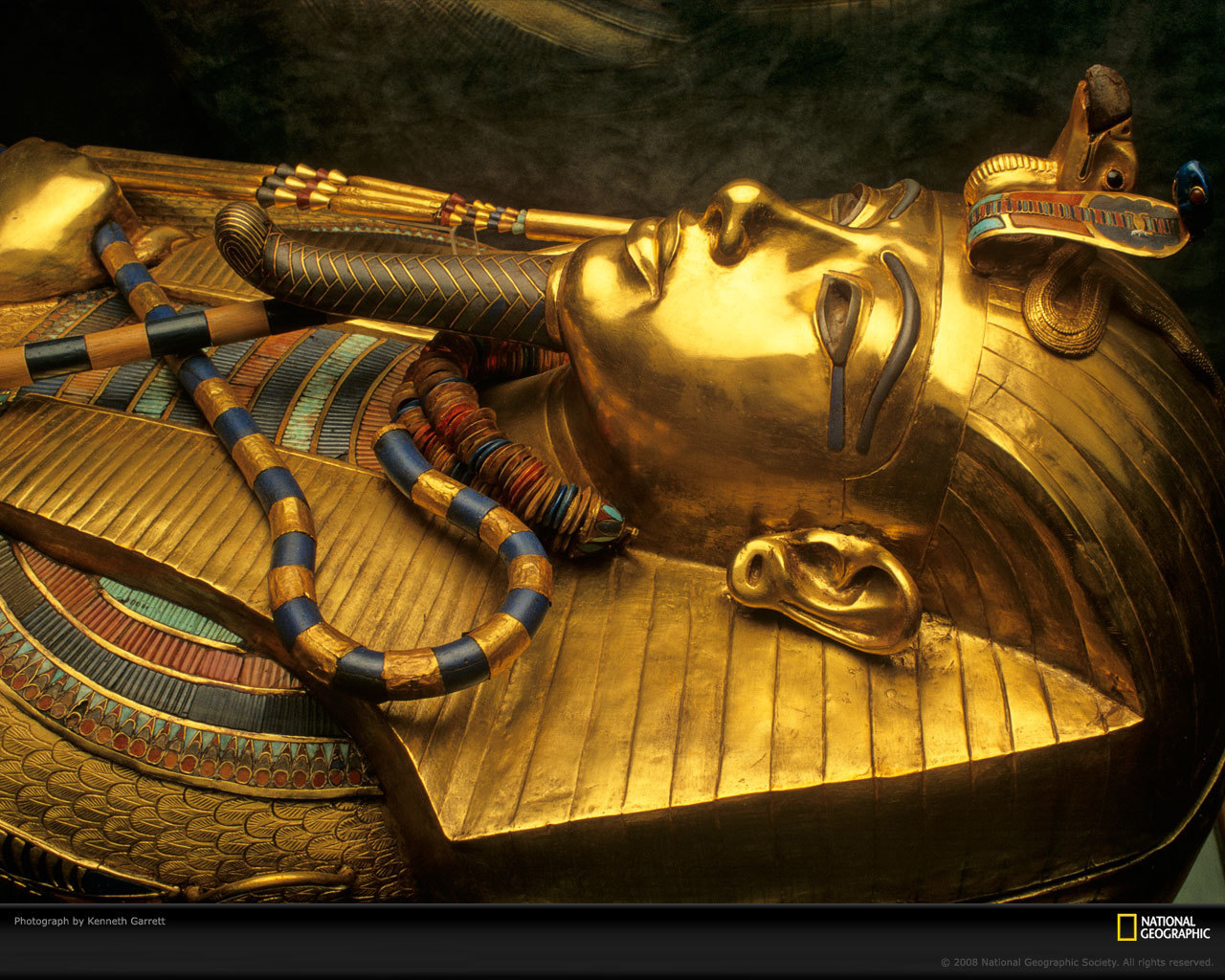Ear Stretching History
Ear stretching dates back to ancient times when it was very popular with tribes in Africa and Native America. Tribal ear jewellery was made from organic materials including bone, horn, wood and stone.

Famous Egyptian Pharaoh King Tutankhamen had stretched ear lobes which can be seen in his sarcophagus, he is probably the earliest known.

More recently Ear stretching has become very fashionable all over the world. We will be writing more about Ear Stretching methods and the different types of jewellery that is commonly used in stretched ear lobes.
The Point of no Return
Something to think about before starting Ear Stretching is that there will be a point at which the ear piercing is unlikely to go back to its original size, that differs between person to person and will depend on the elasticity of your skin (how stretchy it is), along with other factors such as how quickly the ear lobe was stretched and healing time at each size, this is usually between 6mm (2 Gauge) and 12mm (1/2 inch). If you were to decide at this point that you no longer wish to wear Ear plugs or tunnels and ou don't want big holes in your ears you may have to consider surgery to sew the ear back together.
Sizes
You will often see 2 sizes for each ear plug, taper or tunnel the reason for this is that in North America the measurements usually used are in Gauge or Inches, in Europe and the Rest of the World it is more common to refer to sizing in milimeters,. For example:
- 1.6mm = 14 gauge
- 2mm = 12 gauge
- 2.4mm = 10 gauge
- 3mm = 8 gauge
- 4mm = 6 gauge
- 5mm = 4 gauge
- 6mm = 2 gauge
- 8mm = 0 gauge
- 10mm = 00 gauge
- 12mm = 1/2 inch
- 14mm = 9/16 inch
and so on, there is more information about measuring and a useful guide here.
Here are some examples of Ear Stretching kindly sent to us by our customers:




















